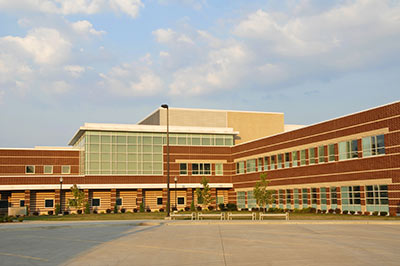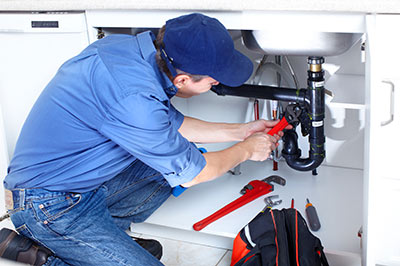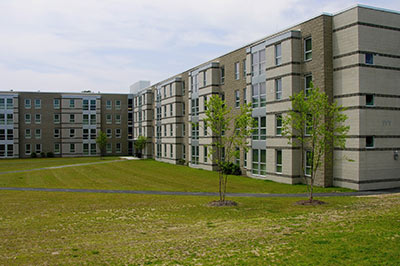American Civil Liberties Union of Maryland (2010).
This report, Buildings for Academic Excellence, urgently asks city, state, and federal officials, and the greater Baltimore community, to act now to improve the substandard physical condition of city school buildings. It is unacceptable - as well as unconstitutional - to deprive city students of adequate school facilities and an equal opportunity in education. The modernization of school buildings is integral to Baltimore’s education reform effort. To help both students and teachers succeed, state and city leaders must make school facility improvements a higher priority.
http://www.abell.org/pubsitems/Buildings_for_Academic_Excellence_ACLU_060210.pdf











